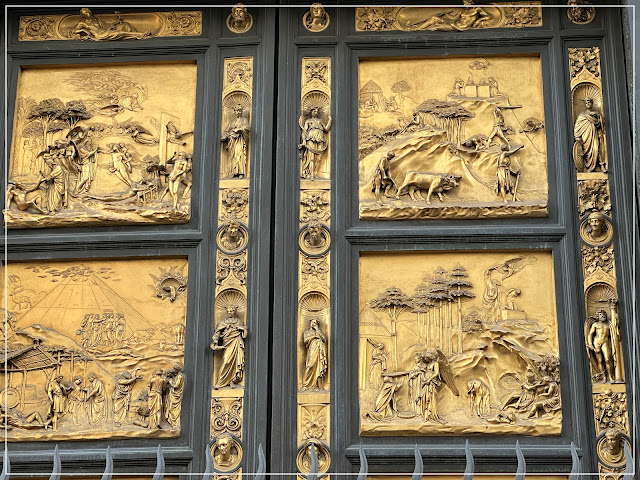Sometimes, there is wisdom in comics and Peanuts has always been a favorite here.
American cartoonist Charles Monroe Schulz is widely regarded as one of the most influential cartoonists in history. His often sarcastic humor was shown in the thoughts of a group of children and the inner thoughts of a household pet.
Snoopy was said to have been modeled after his family dog, Spike, later Snoopy's brother. Charlie Brown, the principal character was named after a co-worker. In fact, most all of the children in the comic strip were named in reference to family and friends. The comic strip, Peanuts, made its first appearance on October 2, 1950, in 7 newspapers. At its height, Peanuts was published daily in 2,600 papers in 75 countries in 21 languages. Over nearly 50 years, Schulz drew 17,897 published Peanuts strips.
Did you know that the comic strip got its name from a children's program, Howdy Doody, broadcast on the NBC television network in the U. S. from December 27, 1947 tol September 24, 1960?
Schulz was said to dislike the name. He had first titled it, Li'l Folks, when he submitted it to United Features Syndicate (UFS). But, when UFS was ready to syndicate it. Tack Knight, creator of a retired 1930's comic strip, Little Folks, claimed exclusive rights to the title. A different name for the comic strip was required after legal advice confirmed Little Folks was a registered trademark. A UFS production manager noted the popularity of Howdy Doody, and the audience of children seated in the Peanut Gallery and known as "Peanuts." This led to the comic strip being renaming, much to its creator's consternation.
 |
| September 17, 1973 Charles M. Schulz |
No, this is not about anything specific. It's just meant to bring a chuckle for the day. Please don't read anything else into it, there's no other motive other than humor. Smile.This weekend, we're hauling out Christmas decos early since we're traveling to our native NJ to spend the Thanksgiving holiday visiting family and friends on a week-long road trip. This early decorating is a change this year. Usually, we would decorate the weekend following Thanksgiving, but that's the weekend we're back home and going to a concert. This year, we can enjoy the tree a while longer.
How about you — decorating early or later for Christmas?
Enjoy Your Weekend, Everyone
It's chilly enough for flannel sheets now and hot chocolate

























































